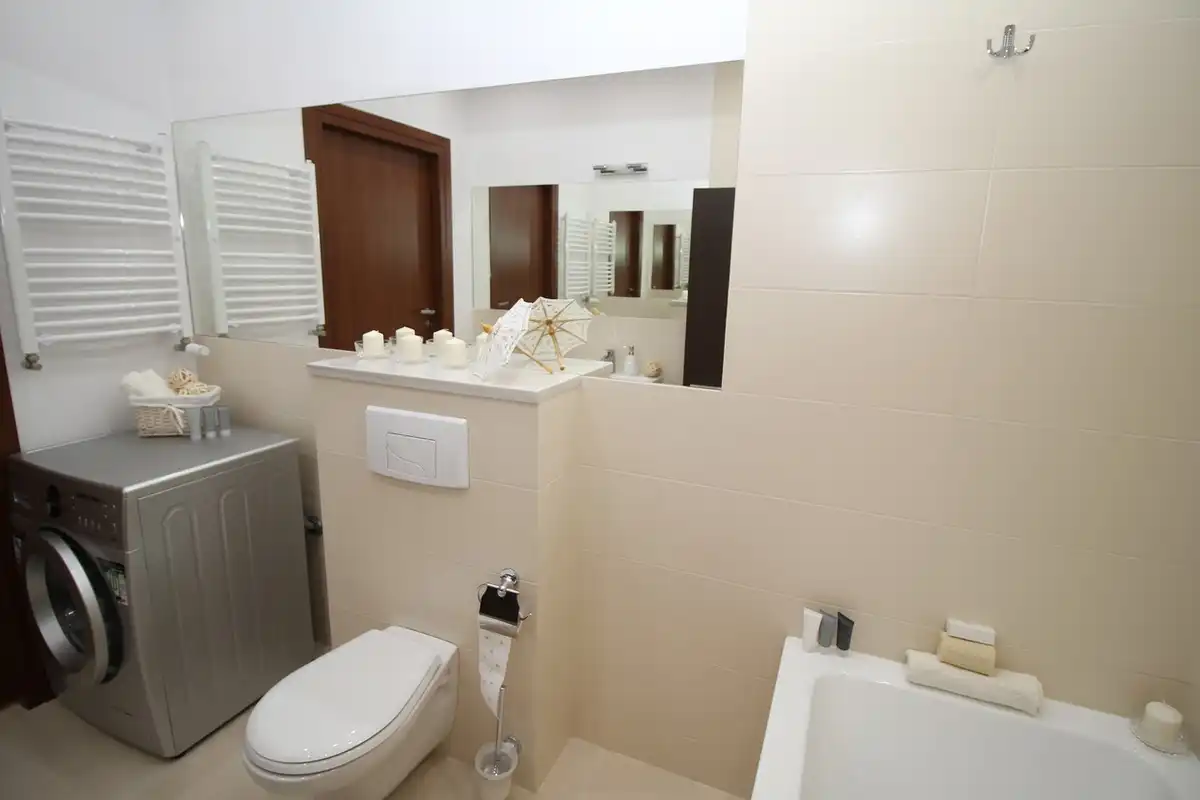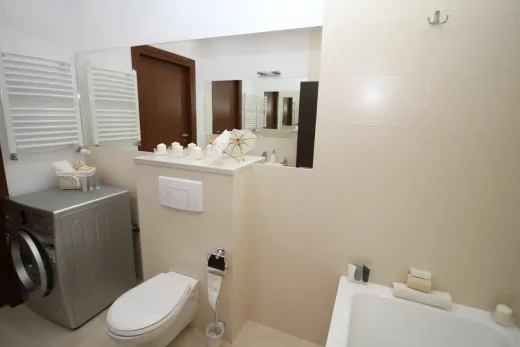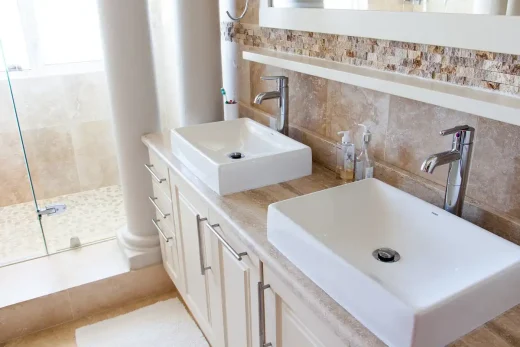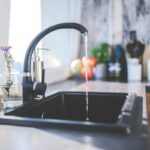How to know when your drains need cleaning advice, Home plumbing fix, Building maintenance
How to Know When Your Drains Need Cleaning: Key Signs and Cost Factors
29 October 2024
Homeowners often overlook the early signs of drain blockages, which can lead to more severe plumbing problems down the line. Recognizing these warning signals early on can save you from costly repairs and ensure your plumbing system runs smoothly. This article will guide you through the telltale signs that your drains need cleaning and discuss what factors can impact the cost of professional services.
1. Slow Draining Sinks and Tubs
One of the most common indicators of a clog is slow drainage in your sinks, tubs, or showers. If you notice water taking longer to go down the drain, it’s usually a sign that debris like hair, soap scum, or food particles are building up inside your pipes. Although it may seem like a minor issue, neglecting slow drainage can lead to a complete blockage over time. It’s crucial to address this early before the problem escalates.
When facing a drainage issue, many homeowners wonder how much it will cost to resolve it. To calculate the exact cost for drain cleaning, factors such as the severity of the blockage, the location of the clog, and the type of cleaning required all come into play. Getting an early assessment from a professional can help provide a clearer estimate.
2. Foul Odors from Drains
Unpleasant smells coming from your drains are another clear sign that something is wrong. Organic materials trapped in the pipes, such as food waste or grease, can decompose and create foul odors that waft up through your drains. If you detect a persistent, unpleasant smell in your kitchen or bathroom, it’s a signal that your drains likely need a thorough cleaning. Addressing this issue promptly can prevent larger blockages from forming.
3. Gurgling Sounds in the Pipes
If you hear gurgling noises when water is running down the drain, this could indicate trapped air caused by a partial blockage. As water flows around the clog, air bubbles are forced through the pipes, creating that distinctive gurgling sound. This often means there’s an obstruction somewhere in the system, and ignoring it may result in a complete blockage. Regular maintenance and cleaning can help prevent these types of issues.
4. Water Backing Up in Other Fixtures
When water starts backing up into other fixtures—such as when water rises in the bathtub while you flush the toilet—this could indicate a major clog in your main sewer line. This is a more serious issue that typically requires professional drain cleaning to avoid major plumbing emergencies. Backups like these can damage your home and lead to expensive repairs if not addressed quickly.
5. Frequent Clogs
If you’re frequently dealing with clogs, even after using DIY solutions, this might indicate a deeper problem with your plumbing system. Recurring clogs often signal that there’s a larger issue at play, such as a tree root intrusion or buildup in the main sewer line. At this stage, a professional drain cleaning service is highly recommended to avoid significant damage and costly repairs.
6. High Water Bills
An unexpected rise in your water bill could point to a hidden plumbing issue. While leaks are often to blame, a blocked drain or clog could cause pressure in the pipes, leading to small cracks and leaks that waste water. If your bill increases without any obvious changes in usage, it may be time to check your drains for blockages.
Factors That Affect the Cost of Drain Cleaning
Understanding what influences the price of drain cleaning can help you make informed decisions. Here are some of the primary factors that affect cost:
- Severity of the Blockage: Minor clogs are generally easier and less expensive to clear, while more severe blockages, especially in the main sewer line, can require advanced equipment and higher costs.
- Location of the Clog: Clogs located deep within the plumbing system or in hard-to-reach places can add to the overall expense. Mainline blockages, for instance, require more labor and specialized tools to clear.
- Cleaning Method: The method used to clear the clog also affects the price. Snaking is typically less expensive, but more stubborn blockages may require hydro jetting, which uses high-pressure water to clean the pipes and can be more costly.
- Emergency vs. Regular Service: If you need immediate service, such as during a sewer backup or flooding, emergency drain cleaning services often come with an additional premium. Scheduling regular maintenance can help you avoid unexpected emergency fees.
Knowing when your drains need cleaning is essential for maintaining a healthy and functional plumbing system. Slow drainage, foul odors, gurgling sounds, and water backups are all signs that you should address the issue before it worsens. By identifying these warning signs early, you can take preventive action and avoid costly repairs.
Comments on this guide to How to know when your drains need cleaning – plumbing upgrade advice article are welcome.
Home Plumbers
Property Plumbers Posts
How emergency plumbers stop structural damage
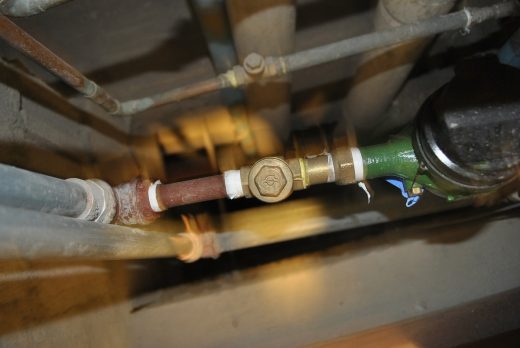
DIY solutions for common plumbing mishaps
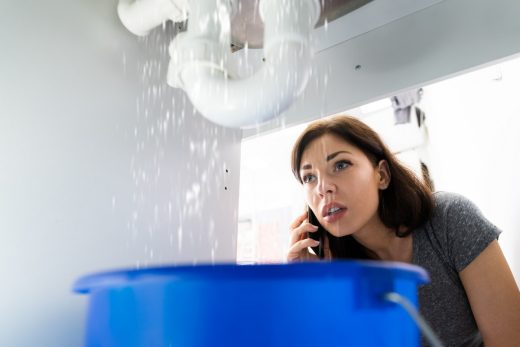
How plumbing factors into your new home build
Tips for hiring a commercial plumber
Building
Residential Property
Comments / photos for the How to Know When Your Drains Need Cleaning: Key Signs and Cost Factors- hiring a plumber page welcome.

